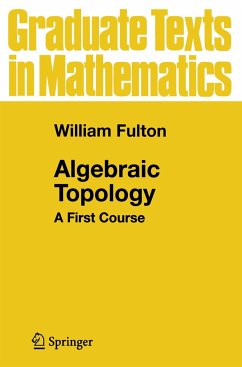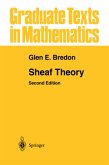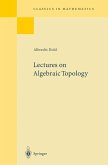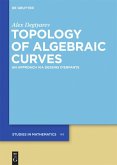This book introduces the important ideas of algebraic topology emphasizing the relation of these ideas with other areas of mathematics. Rather than choosing one point of view of modern topology (homotopy theory, axiomatic homology, or differential topology, say) the author concentrates on concrete problems in spaces with a few dimensions, introducing only as much algebraic machinery as necessary for the problems encountered. This makes it possible to see a wider variety of important features in the subject than is common in introductory texts; it is also in harmony with the historical development of the subject. The book is aimed at students who do not necessarily intend on specializing in algebraic topology. The first part of the book emphasizes relations with calculus and uses these ideas to prove the Jordan curve theorem. The study of fundamental groups and covering spaces emphasizes group actions. A final section gives a taste of the generalization to higher dimensions. This book introduces the important ideas of algebraic topology by emphasizing the relation of these ideas with other areas of mathematics. Rather than choosing one point of view of modern topology (homotropy theory, axiomatic homology, or differential topology, say) the author concentrates on concrete problems in spaces with a few dimensions, introducing only as much algebraic machinery as necessary for the problems encountered. This makes it possible to see a wider variety of important features in the subject than is common in introductory texts; it is also in harmony with the historical development of the subject. The book is aimed at students who do not necessarily intend on specializing in algebraic topology.








